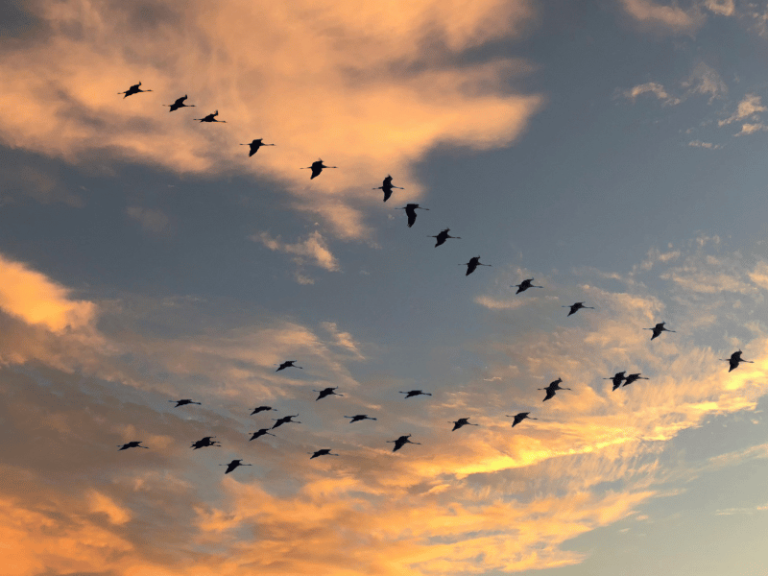Putting a small fish alone in a fish tank, you can see it swimming around all day, as if looking for its intimate “companion.” If a small mirror is placed in the tank, the small fish sees its reflection in the mirror and hurriedly swims over, wanting to play with its “companion” and often not willing to leave for a long time. This is proof of the schooling behavior of fish.
Almost all animals tend to group together, but the size of the group varies. Why do animals group together?
Animals gather in groups to fight against enemies. Many animals live in nature, where they are always at risk of attack and invasion by enemies. If they gather together, they can promptly detect enemy situations and defend against them. For example, when geese fly south, they always form a V-shaped formation; when resting by the water to find food and grass, there is always an experienced old goose acting as a “guard.”
Animals gather in groups to hunt together. Although the groups of monkeys are not large, when one monkey discovers delicious food, other monkeys will come together to eat. Ducks swimming by the river will dive into the water to catch small fish to eat, and then the whole flock of ducks will dive into the water together; after eating the food on one patch of water, they will move as a group to another patch.
Many animals gather together to regulate the “microclimate” in their nests. In summer, beehives are very hot, so worker bees flap their wings to ventilate and lower the temperature, which also helps reduce the moisture content of the honey. However, in winter, bees gather into a large cluster to reduce the loss of body heat. If the temperature in the beehive drops to 13°C, bees will increase their activity to dissipate heat, and they will continue until the temperature rises to 25°C before stopping and forming a cluster. Grouping is an instinct of animals, and some lose their lives because of it. Beltfish in the ocean engage in group activities. When one beltfish is hooked by a fisherman, another beltfish bites onto the tail of the hooked beltfish, and this continues with more beltfish biting on without letting go. Therefore, fishermen often catch a considerable number of beltfish with a single hook!

